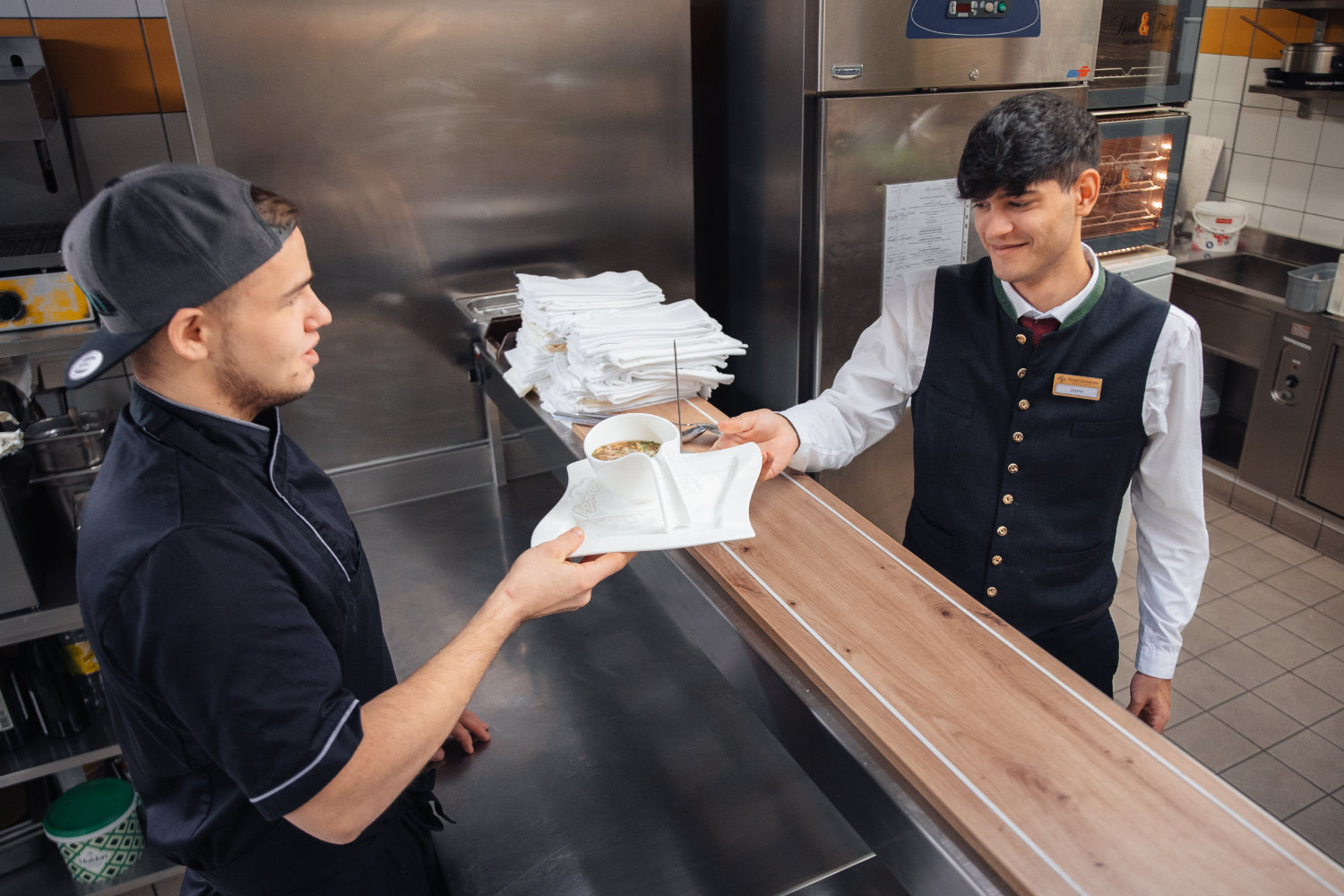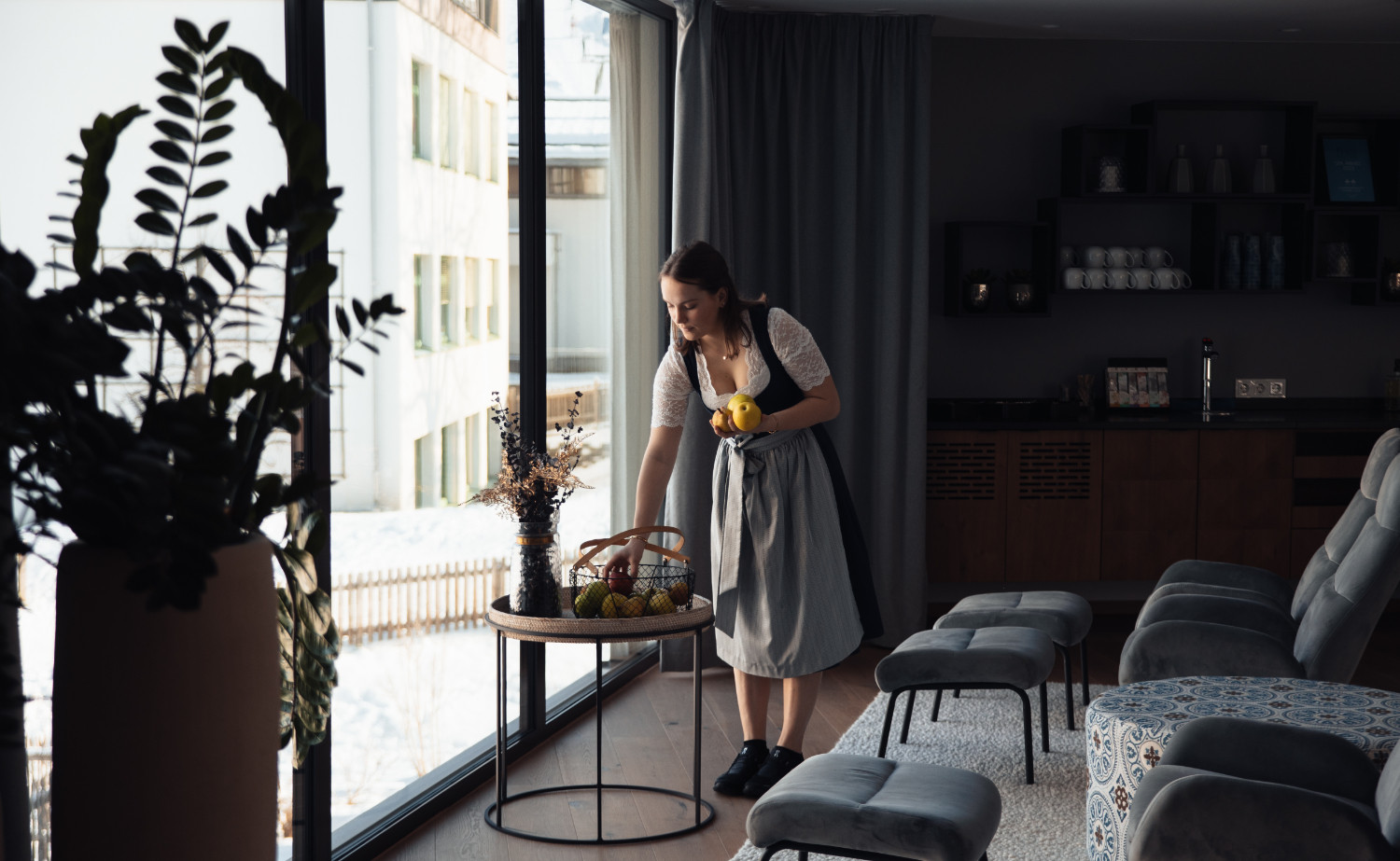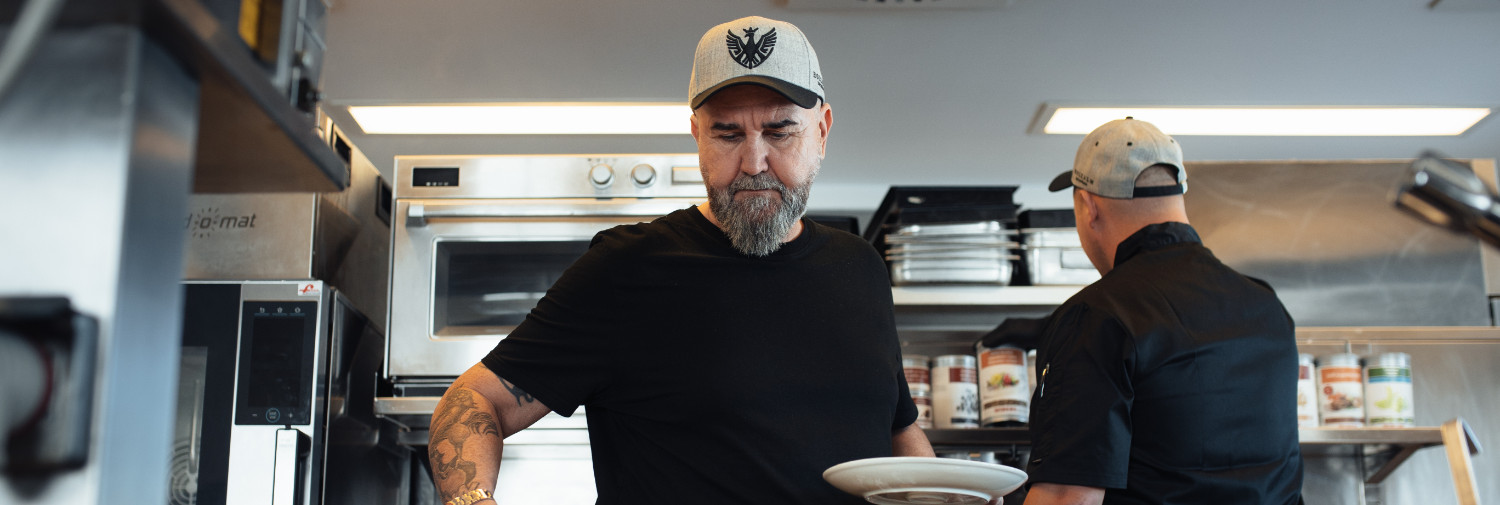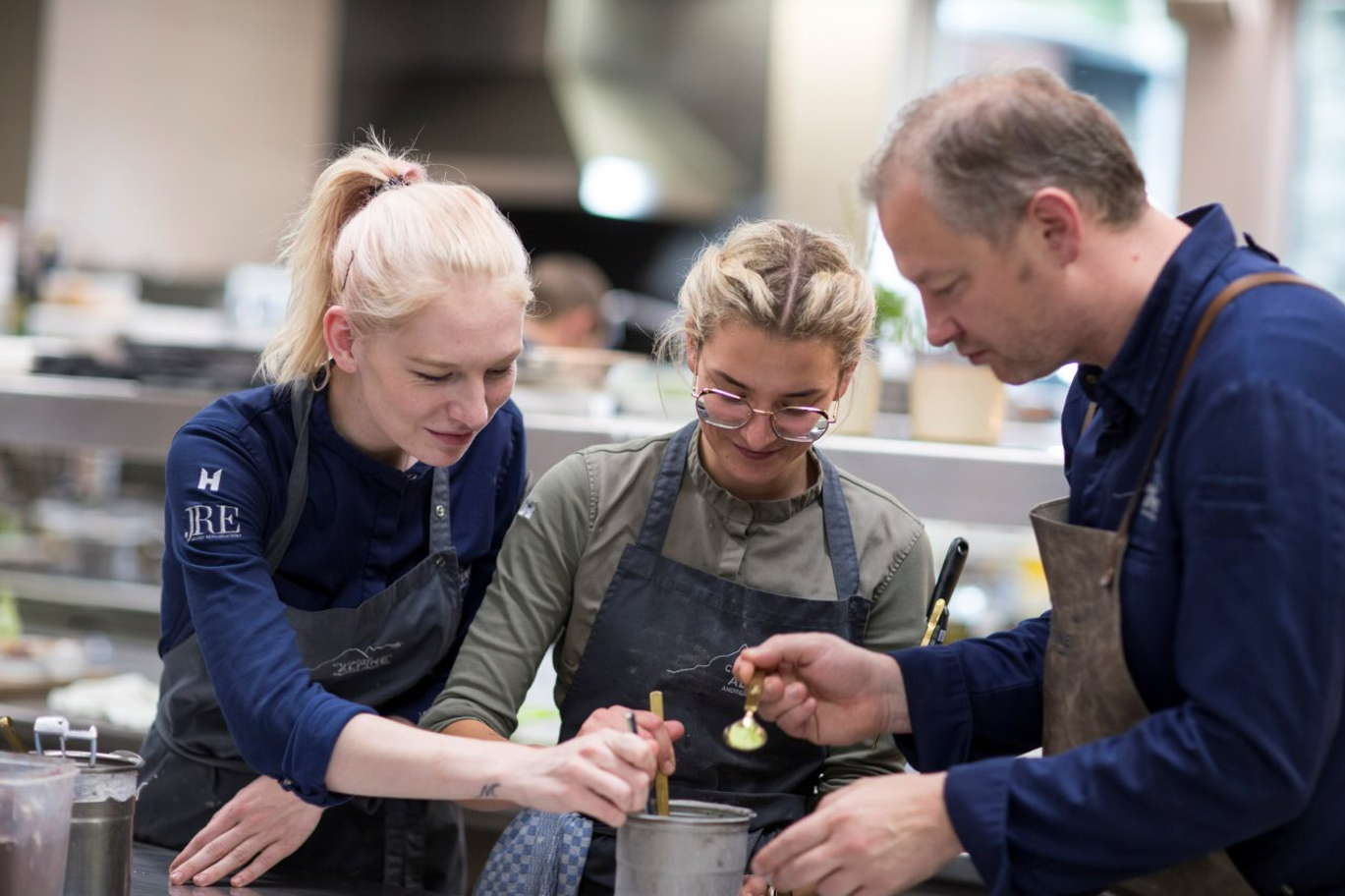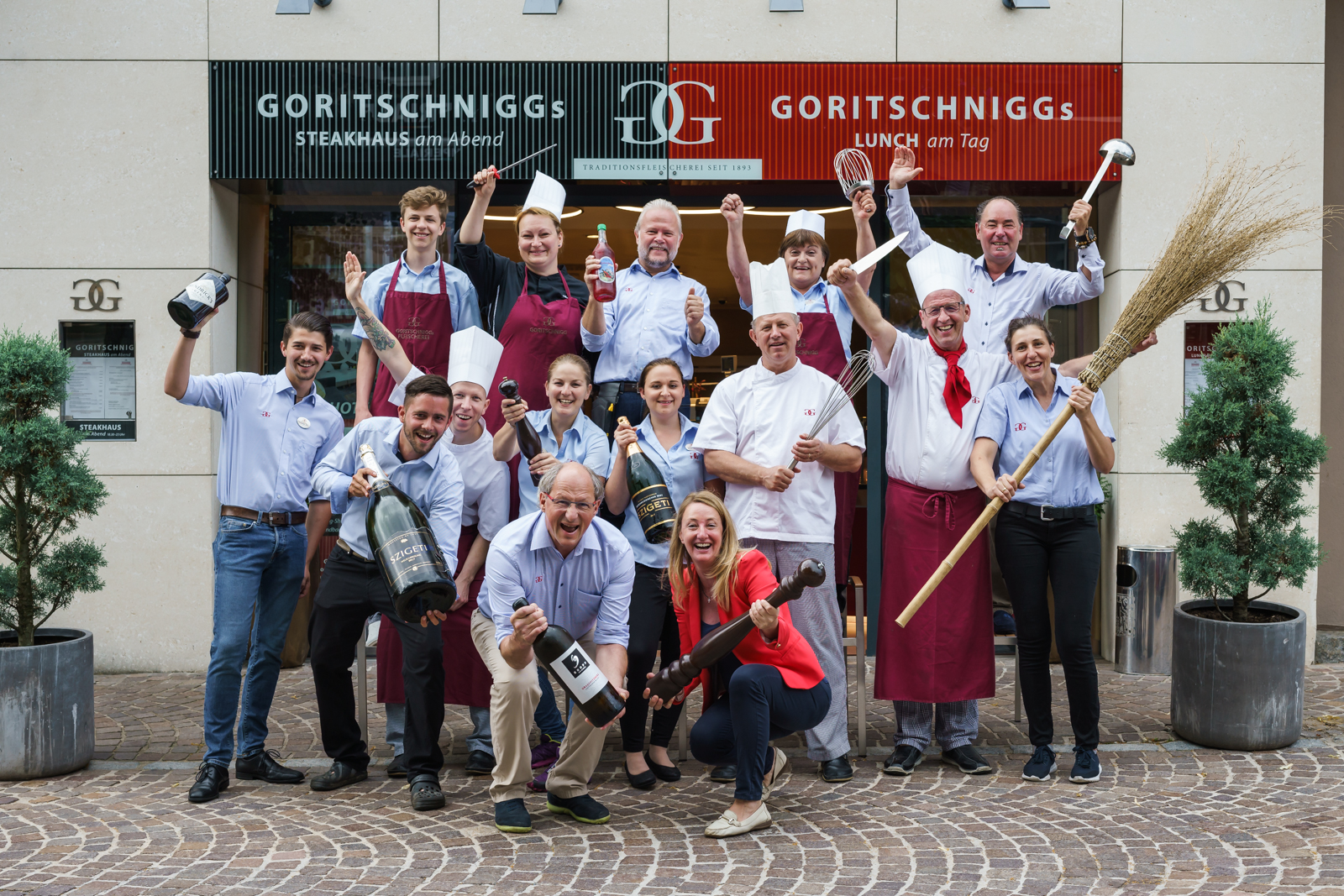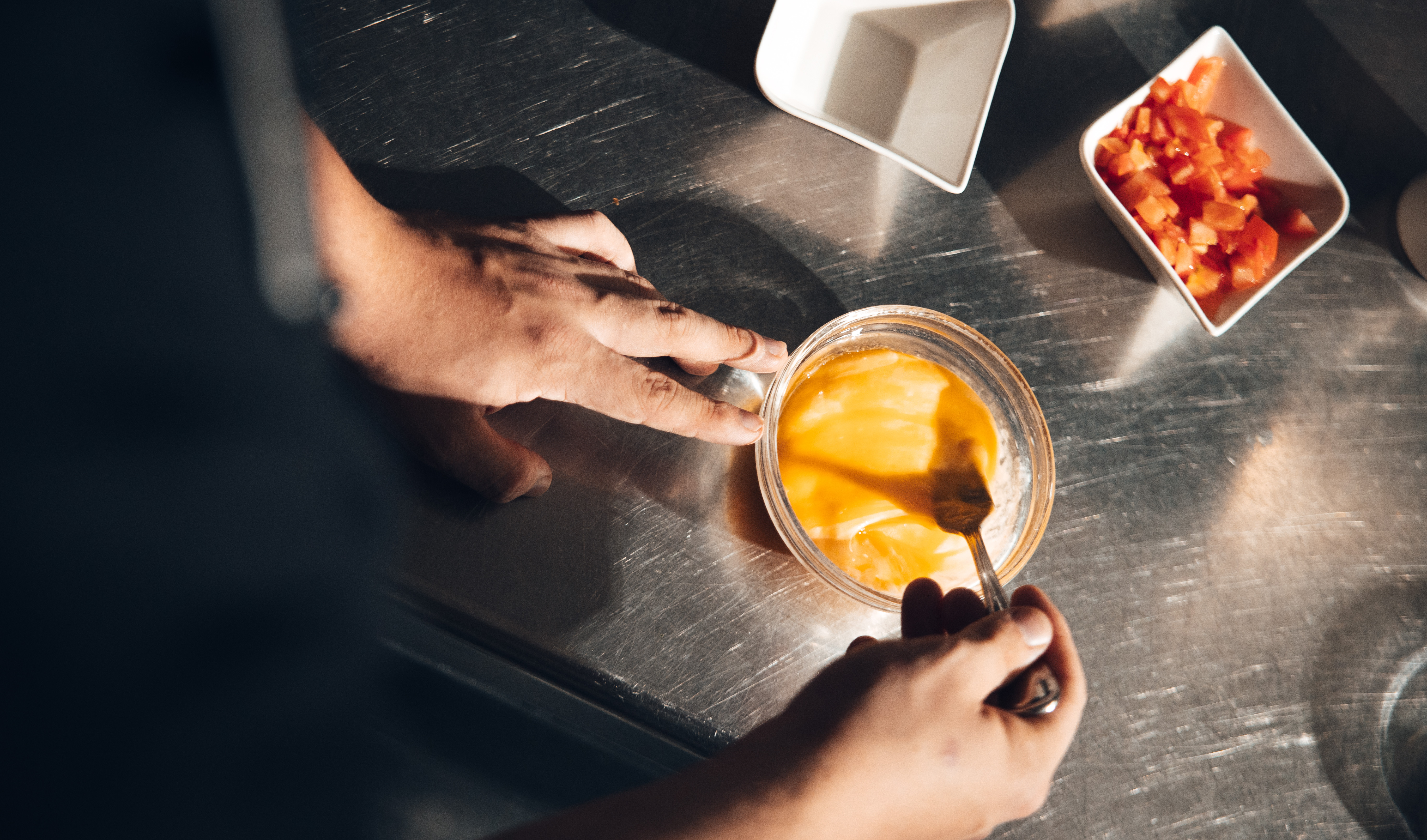
Hygiene and cleaning tips for the professional kitchen
Hygiene in the catering kitchen
The right care and correct handling of stainless steel kitchens
It shimmers silver, is robust, heat-resistant and hygienic. With the right care, all bacteria and residues can also be completely removed. We are talking about a stainless steel kitchen. The kitchen is not only suitable for any catering and hotel business, it also complies with all HACCP guidelines.
Incidentally, scratches and rust are extremely rare with this material. This is because the chrome in the stainless steel reacts with the oxygen in the air. This creates a natural protective film that protects the stainless steel kitchen from damage. But beware - if you look after this kitchen incorrectly, things can go wrong!
Dos and don'ts for the stainless steel kitchen
The right care tips for professional equipment
Almost the entire catering industry works with it. Without it, a company kitchen would only be half as effective and practical to use. It is also something that chefs take for granted and is nothing special. We are talking about the material of choice for commercial kitchens: stainless steel.
This popular material is considered to be extremely robust and heat-resistant and has a long service life if it is "treated well". In the long term, it is a cost-effective purchase - with the right care and cleaning.

The Dos for the stainless steel kitchen
- If you love your kitchen, you look after it. Read on to find out which cleaning products and aids should be used for stainless steel kitchens and how uncomplicated the material is!
- Stainless steel surfaces: Every professional chef strives for a flawless surface without fingerprints. Easier than you might think. It is best to wipe the stainless steel surface with a soft, dry cloth. If the marks are stubborn, you can also use water and a professional cleaner. Then polish with a microfiber cloth - done!
- Stainless steel sink: Everyone is familiar with stubborn limescale deposits and stains around taps. Grease-dissolving cleaners and descaling agents specially designed for the catering industry remove the stains in no time at all. After cleaning, polish again with a dry microfiber cloth.
- Stainless steel pots and pans: Encrustations and dried-on food residues should ideally be soaked in water beforehand. The high-performance dishwasher will then do the rest. But be careful! Before the pots and pans enter the washing line, all washing-up liquid should be thoroughly removed!
The don'ts of stainless steel care
As a general rule, do not use conventional household cleaners! In commercial kitchens, high hygiene standards must be maintained in accordance with the HACCP guidelines. The following utensils should never be used for cleaning in stainless steel kitchens:
- Steel wool: The fine fibers of the wool can stick to the surface under certain circumstances and start to rust there.
- Hydrochloric acid: Never clean stainless steel with hydrochloric acid! It is far too aggressive for the surface. If acid does get onto the surface, rinse it off with clear water.
- Chlorinated cleaners: Stainless steel is not resistant to chlorinated substances. Cleaning with chlorine leads to corrosion of the material. This means that the stainless steel decomposes!
- Scouring agents: The use of scouring agents can cause significant scratches on the surface of the stainless steel. An exception to this would be an agent based on ammonia.
As you can see, with a little knowledge and skill, any stainless steel kitchen can last a long time. Look after and care for it properly - and nothing will stand in the way of perfect hygiene in the company kitchen!

